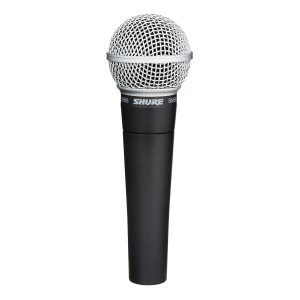
- Ruggedness And Reliability
- Effective Built-In Spherical Wind And Pop Filter
- Steel-Mesh Grille
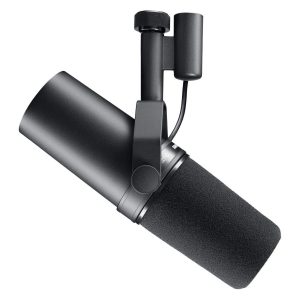
- A7WS Detachable Windscreen
- Improved Rejection Of Electromagnetic Hum
- Highly Effective Pop Filter
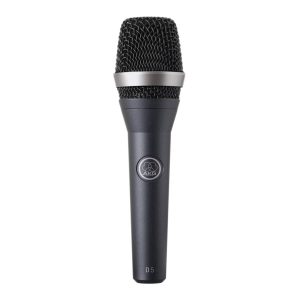
- Super-Cardioid Polar Pattern
- Patented AKG Laminated Varimotion Diaphragm
- Rugged Construction
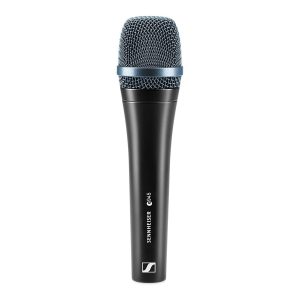
- Neodymium Ferrous Magnet
- Low Sensitivity To Impact And Handling Noise
- Supercardioid Pickup Pattern

- Built In Pop Filter
- Acoustic Operating Principle – Pressure Gradient
- Transducer Type – Condenser
Choose the Best Microphone for Metal Vocals
Customer’s Choice: the Best Rated Microphones for Metal Vocals
82 users answered this survey. Please help us improve this review!
Table of Contents
Best Microphone for Metal Vocals – Buyer’s Guide
It can be said that there is no microphone explicitly for a certain style of music. However, some microphones are particularly well suited for certain vocal ranges and impressively document the voice’s entire range.
A distinction is made here between condenser microphones and dynamic microphones. Dynamic microphones, which work according to the inverted loudspeaker principle, are considered robust and less susceptible to feedback. Therefore, dynamic mics are preferred for metal and rock vocals, as well as sometimes for traditional growling and screaming in the death metal scene.
Microphones for Metal Music – which are best suited?
On the other hand, condenser mics tend to emphasize the subtle sounds and offer a wider transmission range, especially in the high frequencies. The voice consonants “D”, “T”, as well as hissed “S” or “Sh” resolves the condenser microphone more realistically, while a dynamic microphone often translates more punchy and full-bodied. Nevertheless, even these differences can only provide a small guide, but not an assignment to the respective style.
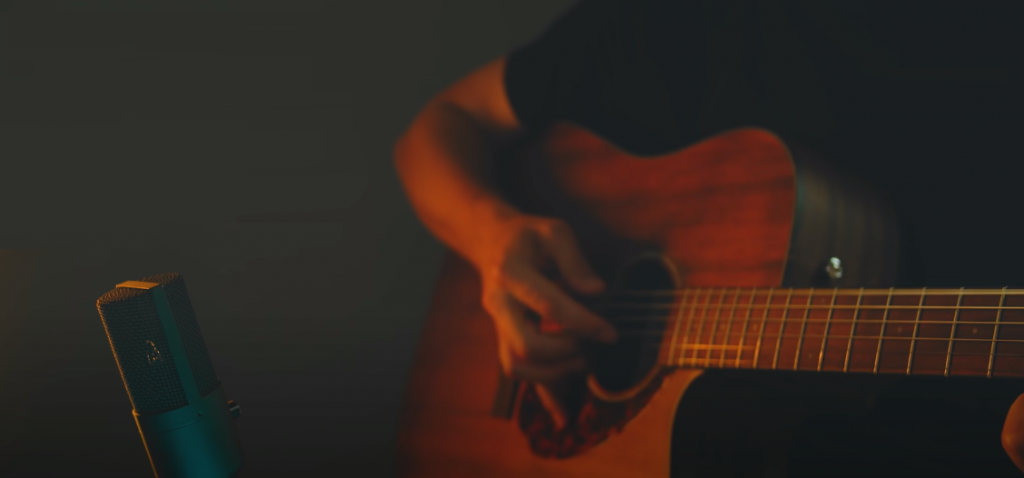
Nevertheless, some microphones have proven themselves, especially among metallers, and have since become standard equipment in the studio or on tour:
What is a microphone?
With a microphone, you can amplify acoustic signals and feed them to a sound carrier. By nature, we are surrounded by sound sources of all kinds and perceive them partly quite subconsciously. Normally, the sound intensity of the human voice is sufficient to make itself heard. When this is no longer the case, a microphone gives you more power and converts the natural sound signals into electrical ones. Optionally, you can use it to store the sound source on a sound carrier and digitize it.
Inside the microphone sits a diaphragm that receives all the sound sources that hit it. This results in signal amplification and, subsequently, sound transmission through the loudspeakers. In recent years, the demands placed on microphones have increased significantly, resulting in the addition of delicate concepts and complex techniques. Years ago, singers and speakers used carbon microphones. Today, the electret microphone has taken over the task.
Manufacturers are faced with the challenge of producing microphones that have a wide frequency response. This allows for true-to-sound and natural amplification, with a high dynamic range. A good microphone can process a quiet sound with great detail and reproduce it without distortion or noise.
Who invented the microphone?
The microphone came into being at the same time as the telephone. What was needed was a way to record and transmit speech. To this day, it is disputed who the real inventor of the telephone is. In 1876, Alexander Graham Bell filed the patent. However, in the history and development of microphones, Antonio Meucci takes a significant role. He developed a new telephone with an electromagnetic transducer in 1860. Unfortunately, he lacked the money to apply for a patent for his invention. He was forced to sell all his inventions, which included the telephone, after unsuccessful speculative transactions. At the same time, his wife fell ill. For this purpose, he invented the long-distance telephone and, incidentally, the microphone.
Meucci suffered an accident at work and could not work for months. His invention was sold off and found its way to Alexander Graham Bell. The telephone marked the beginning of the microphone. However, it was not until the carbon microphone invention that there was an audible improvement in sound quality. In large part, we owe this development to Philipp Reis, who introduced a form of electric telephone connection in 1861.
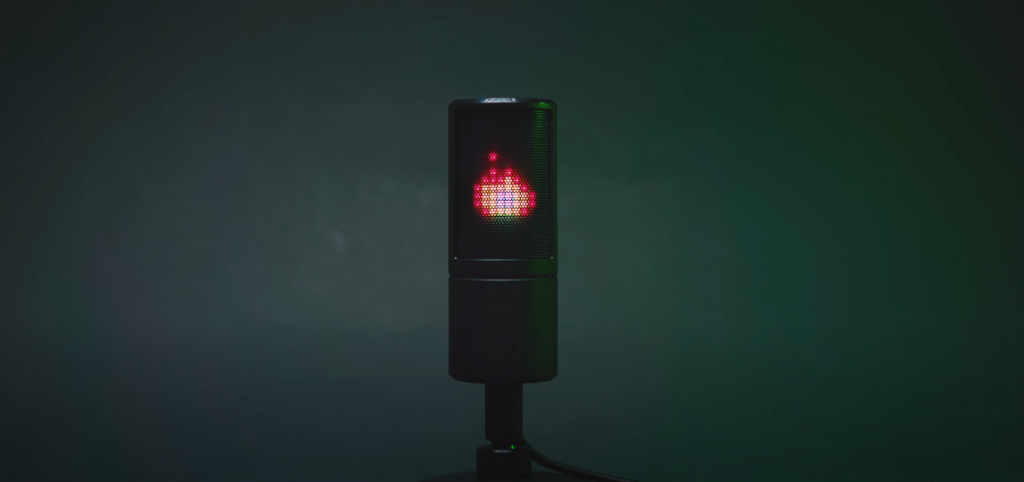
How does a microphone with carbon work? Carbon converts vibrations into electrical impulses starting from a diaphragm. The sound hits the diaphragm and thus presses on the carbon. Electrical impulses are generated. Later, manufacturers replaced the carbon rods with grains of carbon to improve sound amplification results. The whole thing worked so well that the technology was in use until the 1940s.
In Philadelphia, Fred Gaisberg, an associate of Berliner, opened the first recording studio in 1897. As a pianist, he became involved with recording technology and took on all the tasks that arose in this studio.
The basis of the physical principle lies in a capacitor. Thus, two plates lie close together. As soon as sound hits these plates, their distance changes. The resulting capacitance is converted into electrical pulses. In the twenties, musicians mainly worked with the ribbon microphone.
How does the microphone work?
A microphone is a sound transducer that converts the vibrating sound waves in the air into an electronic signal. Initially, you’re dealing with an analog signal and a specific voltage that travels via a cable from the microphone to the mixing console or to an audio interface and then to the PC. For many, the idea of how oscillations suddenly become voltages is relatively abstract. It makes sense to take a closer look at the function of a microphone. Basically, you distinguish USB microphones from XLR microphones in terms of function. Further distinctions arise between the small diaphragm and large diaphragm.
What must a microphone for metal do?
A microphone must sound good on stage and present the voice perfectly. Depending on the orientation, the main focus is on clear speech intelligibility or a powerful and full voice. In return, the microphone should not be too sensitive. In the heat of the moment, it can fall over or skid along with the microphone stand. Live microphones, in particular, are exposed to extreme temperature fluctuations and have to perform when it counts.
The most common applications for the microphone
Microphones are used in numerous areas of communication, entertainment, and production. Here, high-quality models must realize the most faithful reproduction of the voice or amplify other sound sources. In fact, microphones differ depending on their intended use. For example, presenters at radio stations need microphones for announcers. On the other hand, musicians use specific sound pickups in recording studios to realize their songs’ natural recording.
Especially in the event sector, professionals work with different sound amplifiers and microphones for instruments and vocals. Not to be neglected is the importance of the telecommunications sector. Every time you pick up the phone, you are speaking into a microphone. In film and television, microphones are involved in the production process and appear in various designs. Here, smaller clip-on that disappear onto clothing is in demand.
Where can you buy a microphone for metal?
You probably won’t be surprised to learn that you can’t find a microphone for metal vocals in the supermarket or discount stores’ everyday offerings. Customers’ requirements are too specific for that. Play it safe and visit a music store. This is where trained professionals and experienced musicians work, who are familiar with the specific requirements of a microphone and can give you practical tips on choosing one. On the spot, you can sing the microphone on trial and let the sound affect you.
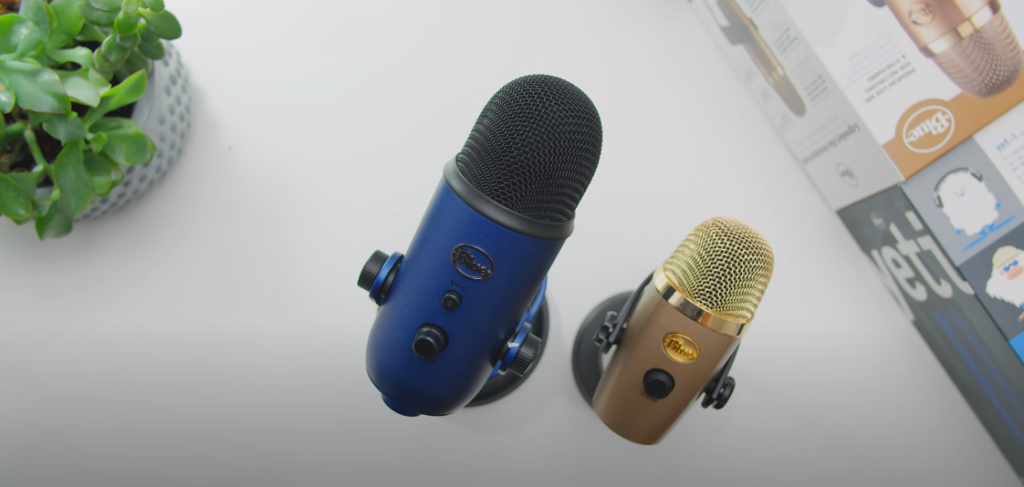
When it comes to prices, most music chains are often above online retailers. This may be one reason why many users order their microphones on the Internet. The advantages of the online store are time savings, convenient ordering, and good availability. With one click, you can see the most popular microphones in direct comparison and filter the results according to your requirements. In addition, any good online store has a working support system, where you can ask your questions about ordering and miking.
What types of microphones are there?
The microphone is available in many technical versions and for various audio purposes. Therefore, the categories into which microphones can be divided often overlap, and the boundaries between technology and intended use become blurred. Especially for non-specialists, it is difficult to get an overview of the different types of microphones. To make it as easy as possible for you to find the right microphone, we have limited ourselves to presenting the two dominant transducer principles according to which microphones are differentiated.
How a condenser microphone works – simply explained
For home recording or home recording, you need a different microphone than for karaoke singing or on stage. The condenser design is the most common, as it allows for high-quality recordings and is able to handle every detail in the voice or instrument. As with all microphones, there is a diaphragm inside in the form of a condenser plate. Opposite it sits the counter electrode. By applying phantom power, you energize the electrode. In a microphone with a low-frequency circuit, there are additional high-impedance resistors behind the diaphragm plates.
When the sound waves hit the diaphragm, they start to vibrate. This causes a change in the distance between the diaphragm and the counter electrode. This results in a change in capacitance at the capacitor. With the aid of various circuits, these microphones convert the change in capacitance into voltage. In direct comparison, electret condenser microphones and studio microphones have a massive market share of more than 90 percent. You are dealing with a low-frequency microphone that is even used in professional studios.
The voltage supply between 12 and 48 volts is called phantom power. Condenser microphones and active DI boxes need this phantom power for ongoing operation. Thus, they are part of the basic equipment of amplifiers for microphones, audio interfaces, and mixing consoles.
Pros
- High sound quality
- Diaphragm with low mass
- Featherweight diaphragm reacts more sensitively to the sound waves
- Warm and voluminous sound
- Detailed and natural recordings
Cons
- Higher sensitivity to background noise
- Not suitable as a handheld microphone
- Sensitive to fluctuations in temperature and humidity
- More noise than other types of microphones
How does an electret condenser microphone work?
This type of design involves polarization voltage between the counter electrode and the diaphragm due to a static charge in the capsule. This charge’s concern would be lost after a few years has been disproved by many high-quality electret microphones. As a result, old microphones have lost none of their luster and sound even after 20 years. Few musicians know that most of the condenser microphones on stage are made to the specifications of electret technology. A fundamental difference in sound to the condenser microphones is not immediately noticeable. This design also scores at a favorable price.
Pros
- Warm, authentic sound
- Comparatively low price
- Wide range of polar patterns and housings
Cons
- Loss of charge inevitable over the years
- Lower level stability
How does a dynamic microphone work?
If you move to the stage and amplify your voice or record in the studio, a dynamic microphone is recommended. The most common today is the moving coil design. The whole thing starts with the sound waves hitting the diaphragm. Only there is a copper coil with freely vibrating magnets behind the diaphragm. Together with the copper coil, the vibrations turn into movements between the magnet and the coil and finally into the necessary magnetic voltage.
This reaches the PC, mixer, or interface via an appropriate cable. If you compare the dynamic design with the condenser microphone, it turns out to be less accurate. So if you were to use a dynamic microphone for vocal recordings, some details would inevitably be lost, and the voice would not sound quite as high-resolution as through a condenser microphone. In contrast, dynamic microphones are considered relatively insensitive to ambient noise and overload.
Pros
- No symmetry and regulation required
- No additional power supply
- Robust against external influences
- Less susceptible to feedback – suitable for the stage
Cons
- Less impulse dispersion
- Subtleties can be picked up with less detail
- Limited transmission range
- More susceptible to transmission of structure-borne noise
How does an XLR microphone work?
XLR microphones are part of the analog standard. Compared to a USB microphone, these models transmit the analog signals via the cable. XLR primarily stands for the connector, which we recognize by a three-pin plug. Actually, you can find this standard on any commercially available mixer or interface. It is one of the standards in the live business. When converting the signals, unlike the USB microphone, the sound quality is not lost. You simply connect a computer or other peripheral device in between.
If you are looking for a suitable microphone for home recording and only have a small budget at your disposal, you are well-advised to use a USB microphone. This is because you absolutely need an interface to use the XLR microphones.
Pros
- Modular design in terms of the signal chain
- Simply connect several microphones in parallel
- Safe transmission of the sounds
- Insensitive to noise
- Standard on stage, speakers, and mixers
Cons
- More expensive to purchase compared to USB microphones
- Not every PC supports the XLR connector
How does a USB microphone work?
Comparable to the XLR microphone, you can buy a USB microphone as a dynamic microphone. The particular type of connection defines the transmission and form of the signals. Thus, the USB microphone converts the analog signals into digital ones. They reach the PC via the cable and can be processed immediately. The advantages lie in the compact design and function, which combines all components in one handpiece. You are not dependent on buying additional accessories immediately. However, the integrated A/D converters often cannot keep up with the quality of the interfaces. In practice and among professionals, the XLR microphones are ahead in terms of quality.
Pros
- Works simply via plug-and-play: connect the cable and get started
- Compatible with almost all operating systems
- Digital processing lives possible
- Favorable purchase price
Cons
- Special drivers are missing
- Not compatible with effects units and external preamps
- Only one microphone can be used when recording with several people
What other types of microphones are there?
If you are not satisfied with your condenser microphone’s highs and want a softer sound, the ribbon microphone is the right choice. It is a real alternative to the often spiky digital sound. Musicians describe the sound as more brilliant and richer in the treble. Last but not least, the fine and feather-light diaphragm reacts extremely quickly to the impinging sound and is accompanied by good impulse response.
A shotgun microphone is suitable for voice recordings and interviews. This microphone has a very strong judge characteristic to get as close to the sound as possible. This is the only way to achieve optimal clarity and capture every detail of the voice. Think of it like this: The sound, or rather the tone, is pulled through a tunnel to keep noise out. A shotgun microphone is used for documentaries, reports, interviews, broadcasting, and sports. The main focus is on ease of use and the lowest possible inherent noise in order to transmit nothing but the sound of the voice. This is accompanied by clear speech intelligibility.
What is the difference between small-diaphragm and large-diaphragm microphones?
The large diaphragm is used in the studio because it is much more sensitive compared to the small diaphragm. It has its own noise component and sounds very fine. If you are recording vocals, a flute, a guitar, or room sound, for example, the decision goes to the large diaphragm. The prerequisite for a successful start-up is also here the phantom power.
The name suggests it: Small-diaphragm microphones have a small diaphragm and thus record a rather neutral sound. They pay for the higher sound pressure with an equally high self-noise. Here, too, you cannot avoid phantom powering and can use this microphone for instruments, acoustic guitars, drums, or flutes.
The polar pattern
A special feature of the microphone is its directional characteristic. It defines from which direction a sound is picked up sensitively. Accordingly, the directional characteristic should be one of the most important purchase criteria. You can distinguish the omnidirectional from the directional microphones. In an omnidirectional microphone, the sound is picked up equally from all directions. If the microphone picks up its own signal through the monitor on stage, it will be amplified more and more. Most musicians know this unpleasant effect as a loud whistling sound coming from the speakers. This may be one reason why only directional microphones are used on stage. They are considered to be robust and suitable for live use.
When it comes to directional microphones, manufacturers rely on cardioid, supercardioid, or hypercardioid characteristics. A microphone with a cardioid characteristic picks up sound from the front louder than it does from the side. This microphone is most insensitive to noise and sound from behind, which pays off on stage with monitors in front of the microphone. A monitor is a speaker from which singers and instrumentalists hear each other.
Fundamental is not the difference of the cardioid to the supercardioid and hypercardioid. The characteristics differ in directional behavior. Accordingly, these two designs suppress side reverberation more than the cardioid characteristic. In turn, these microphones are slightly narrower at the back and more sensitive compared to the side. They do not position the monitor directly behind the microphone but on the side.
What should you look for when buying microphones for metal?
First of all, it makes a difference in what you use the microphone for. If you only sing karaoke at home, the inexpensive entry-level microphones will suffice. If you are looking for a microphone suitable for a live performance on stage, turn to the well-known labels, which have been bringing robust and feedback-resistant microphones to the market for years. The demands increase with the recordings in the studio or at home recording sessions. Here, it is important to transmit the voice and facets and amplify them in the right places.
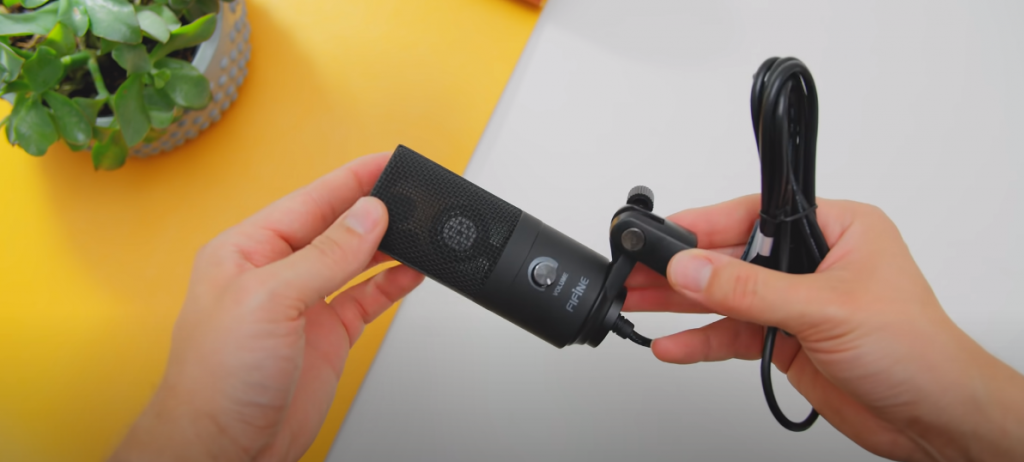
You can’t do much with a microphone alone. You need speakers, amplifiers as well as a mixing console. Compatibility via existing connection points should also be a given. Take a look at the most important criteria when buying a microphone:
Sound: the most obvious difference is in the sound. In technical jargon, this is referred to as presence enhancement. This refers to the upper mids within the voice. This is where you will find the overtones and all the unvoiced parts. Depending on how well this area of the voice can be heard, the clearer the speech intelligibility. In human speech, in fact, most of the speech consonants are located in the upper part of the midrange. In the good microphones, you will find a boost in the upper mids. This boost is different from the microphones. After all, voices are just as differently laid out. If you have a rather dark voice, you should buy a microphone with a bright sound. With a brighter and shrill voice, the handle goes to a soft microphone. At this point, it should become clear: The perfect microphone fits your voice in the first place.
Close-talking effect: Try it out for yourself. If you speak into a microphone and get closer to the microphone head, your voice will sound fuller and more powerful. This is due to the proximity effect, which should be in perfect proportion to the directivity. Accordingly, the crosstalk effect increases with the directivity. This component should also suit your voice; what sounds particularly full and voluminous with some voices can quickly sound incomprehensible with others. Some microphones have an internal bass cut. This is intended to make the sound of the voice particularly natural at a close distance. If you are testing a microphone for the first time, your voice should sound powerful but never silenced. Beginners should, therefore, test how the sound changes with different lip distance.
Pop tendency: The human voice is endowed with characteristic peculiarities. For example, if air accumulates and is abruptly expelled from the mouth, explosive sounds can be heard. In musical language, we speak of pop noise, which is as unpleasant for the listeners as it is for the musicians and technicians. These explosive or occlusive sounds are due to the small air holes that no microphone diaphragm can stand. For many years, manufacturers have been doing everything they can to reduce these unpleasant noises without sacrificing sound. This is an extremely difficult undertaking. After all, everyone speaks consonants in their own way. Therefore, the popping tendency should first and foremost fit your voice.
Hand noises: Have you ever observed yourself holding a microphone in your hand? Everyone has their habits here. Hand noises always play a big role when you are reaching around more frequently. For example, some singers have a habit of tapping the nude on the microphone with their gripping hands. In this case, you should choose an insensitive microphone. Otherwise, hand noise can be heard. Today there are live microphones in the basic range with an acceptable level. Thus, audible hand noise occurs only with very cheap mics.
Sensitivity: You can quickly misunderstand this criterion because it does not mean robustness. It’s about how loud a microphone is. This level can be measured by the electrical power that the microphone pushes through the XLR jack. You can see the value of sensitivity in the detailed product description by the unit of measurement millivolts per unit of sound pressure, or mV/Pa for short. As the output power of a microphone increases, you need to turn up the amplifier less. For most mixers and preamps, this means lower noise and clear sound. Some manufacturers also specify microphone sensitivity in decibels. As the decibel value increases, the microphone becomes louder.
Self-noise: “self-noise” refers to the inherent noise of the microphones. What is meant is the noise floor or equivalent sound pressure level. A microphone is already picking up noise without any sound acting on the diaphragm. In condenser microphones, the amplifier circuits take care of this. Stage microphones should also come with a self-noise of 23 dB-A. Above this value, slight background noise can be heard, but this will hardly be noticeable in the context of a live event or concert. In most cases, the microphone preamplifier is responsible for the noise.
The limiting sound pressure level: The abbreviation SPL defines the volume up to which a microphone can pass on the sound pressure level without distortion. If you exceed this maximum value for a short time, don’t break the microphone right away. You will find these values only with the condenser microphone. The dynamic microphones are unproblematic and react to sometimes extreme live situations. If you belong to the loud screamers, you should choose a dynamic vocal microphone.
Nominal impedance: A less critical value is the nominal impedance for microphones. In other words, impedance describes the AC resistance. If the impedance increases, a microphone is more susceptible to influxes and sound losses that occur due to a long cable. A few decibels of level can also be lost in the mixer.
Selecting the right microphone accessories
A microphone rarely comes alone but requires a coherent set of equipment. The right accessories should simplify handling. We have put together an overview of the most important utensils:
- Straight microphone stands: they consist of a three-legged or round base and can be set up in seconds. The tripod base usually goes back to iron and provides a secure hold for the tripod rod. The advantages of the three legs become apparent on uneven ground. Here they stand tip-proof. When singers are not playing instruments, straight microphone stands offer a high level of comfort on a small footprint.
- Boom stands: Compared to straight microphone stands, boom stands consist of a three-legged base, a joint and a stand rod, and an upper boom. The advantage is that you can remove the stand rod from the microphone and get the necessary freedom of movement for singing with an instrument. Besides, there is the possibility of versatile use of the microphone and increase the range of motion.
- Overhead stands: Nevertheless, the top two microphone stands cannot reach a few positions. We are talking about the guitar or bass amplifier as well as the bass drum. For this, you need smaller stands, which are available in the special store for the instruments. There are special overhead stands for the drums, which increase in price and are also very sensitive.
- Table microphone arm: In radio and broadcasting, presenters and DJs have a lot to do and move back and forth between their equipment. For this purpose, the table microphone arm is recommended, which resembles a desk lamp in appearance and can be flexibly positioned in the radius of action.
- Microphone holder: A simple clamp holder is available for most microphones. Some of the models need a special mount. The microphone clamps have a spring that adapts to different thicknesses and diameters. However, in contrast to the microphone clamps, they do not look so nice on stage. You should carry a few spare mounts for the stage. There will come a time when you will need them.
- Reducing thread: this thread adapter is one of the smallest but most important accessories for a microphone. For example, microphone stands from North America go on sale with a different thread diameter.
- Spider: You need the elastic suspension for the microphones in the studio. The much more sensitive studio microphones transmit the smallest noises as well as vibrations. For example, to avoid the impact sound, you should hang the microphone in the spider correctly.
- Pop screen: Optionally, you will meet the name pop killer or windscreen. This pop screen came up with the eighties. During this time, technicians wanted a higher and transparent sound. By chance, a lady’s stocking landed on the microphone. This relatively safely slowed down the plosive sounds and, at the same time, dampened the treble reproduction. This design transformed into a more presentable pop screen.
- Cables: For microphones, you often use XLR connections. These fit jack or, better yet, XLR microphone inputs. This is the only way to tease the full sound spectrum out of a microphone.
- Microphone cases: Especially the expensive models should be treated with care. This includes proper and protected transport. Avoid contact with moisture or extreme temperature fluctuations at all costs. It is best to place the microphones in a padded microphone case, which is available from specialist retailers. Some manufacturers supply cases and protective covers to match their microphones.
FAQ: The most frequently asked questions and answers about the microphone for metal vocals
How do I hold a microphone in my hand?
It is best not to let your lips touch the microphone head. Stay a few inches away, as this is when the internal pop protection works. Position your hands so that you do not block the rear openings of the microphone. By doing so, you will not reduce the susceptibility to feedback. Every microphone needs these sound openings for directionality. If you close the openings, the omnidirectional microphone will be much more susceptible.
Is there a special microphone for rap?
Most rappers use normal vocal microphones. Some special manufacturers have already tinkered with the shape and special requirements and developed round as well as short microphones suitable for rap and harmonica. Most rappers tend to grip the microphone by the basket anyway. This does not have a positive effect on the sound, so there are now microphones that have adapted to the special handling.
Do I need a microphone with or without a switch?
The switch is a practical way to avoid uncontrolled feedback during breaks. Bands and musicians without a technician at the mixing desk like to use the switch microphones. However, you should not fiddle with the switch unnecessarily while singing. Otherwise, it can lead to embarrassing moments. There are singers who tape the switch with gaffa tape to avoid temptation.
When do I have to change a microphone cable?
The answer is simple: when it is defective. Some companies have a cable tester. This way you can check from time to time which cables are working properly. If you notice unusual noises as soon as you move the microphone, you should make sure to replace it.
Do gold-plated contacts sound better?
Not necessarily. The better conductors are silver or copper. Gold, however, is more robust when it comes to oxidation. Once contacts oxidize, they conduct sound worse. Bare gold-plated contacts can perform better in the long run than other metals. This has nothing to do with the sound in the first place.
How do I install the pop screen on the microphone?
At best, the pop shield has a fixed distance from the microphone. Install the guard in the direction of the singer. In most cases, you install the pop shield on a specific mount with screws or rivets. These should never touch the screen. Shocks and touches can be transmitted to the microphone and the sound.
What are the different microphones suitable for?
One of the most important criteria when buying a microphone is the area of application. So it’s best to first think about what you need a microphone for and where you want to use it. Dynamic microphones, especially the plunger coil microphones, prefer to use live vocal microphones because they are very robust, and the singer can easily pick them up. For moderate, for example, at events or live in front of the camera, dynamic microphones have also proven their worth. In the recording studio, users largely rely on condenser microphones because of their high sound quality. For semi-professional recordings at home, you need a suitable type for the computer, so-called PC, or gaming microphones. In this last area, experienced people largely use condenser microphones.





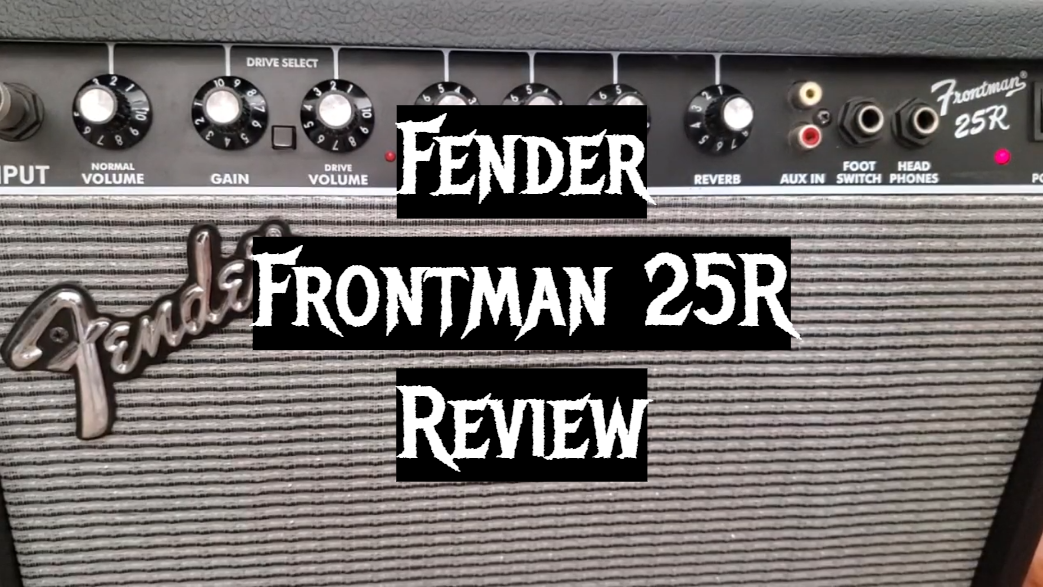
Leave a Reply